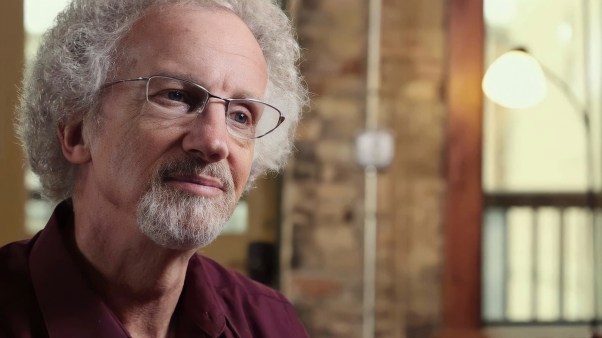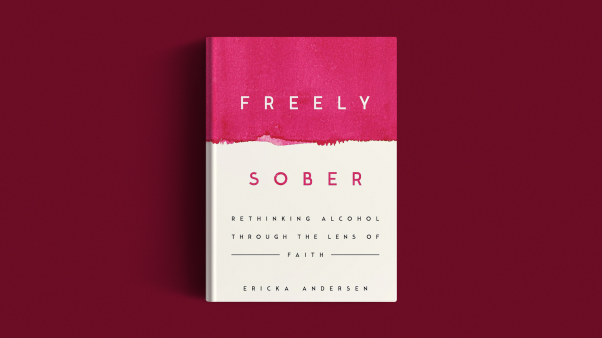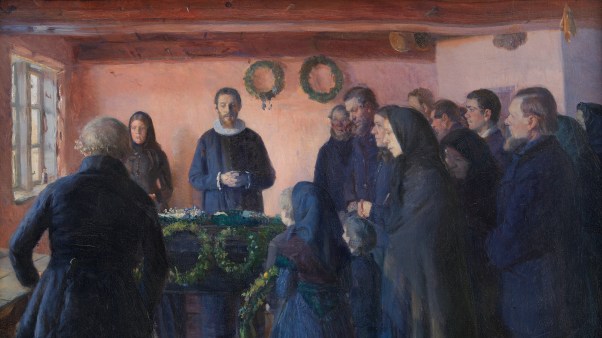Lebanon County Christian Ministries (LCCM) had to pivot to a new model for housing homeless families in a matter of hours.
LCCM is the only family-based shelter for people temporarily without housing in its southeastern Pennsylvania community. Before the COVID-19 pandemic, the ministry worked with about a dozen churches, rotating families from congregation to congregation for two weeks at a time. But Bryan Smith, who spent 25 years as a paramedic before becoming the executive director at LCCM, watched as the coronavirus arrived in the US in early 2020 and quickly swept across the country.
He knew he had to figure out an alternative.
On March 13, 2020, the day President Donald Trump declared a national state of emergency, Smith reached an agreement with a local hotel. He informed the management that LCCM would transfer guests “in the next week or two.” Two hours later, at 3 p.m. on a Friday, the contact person at the current host church informed Smith the congregation was shutting down its building and wouldn’t be able to house anyone that week.
“We immediately called the hotel and said, ‘Yep, now,’” Smith recalled. “We moved our guests into the hotel that night, and that really changed the next two years of our shelter.”
Today, LCCM is not planning to go back to the old model. The ministry has a temporary shelter, which opened in February 2022, as it explores possibilities for a permanent location. Churches send volunteers to help, and LCCM continues to assist the congregations of Lebanon County in reevaluating how they will serve the community.
LCCM isn’t the only homeless ministry where temporary changes have become permanent. Across the country, organizations serving people experiencing homelessness have had to adjust. And many of them have changed for good.
COVID-19 hit the rotational shelter model suddenly and hard, said Cara Bradshaw, chief impact officer with Family Promise, a New Jersey–based nonprofit with more than 200 affiliates in 43 states. Family Promise is not faith-based but has worked closely with religious congregations since it started in the 1980s.
For more than 30 years, Bradshaw said, congregations have provided emergency and temporary shelter, hosting homeless families overnight, preparing meals, and welcoming them into their community. Family members leave to spend the day at work, in school, or in day centers and return to the church or synagogue.
COVID-19 disrupted that model.
“The shelter model is highly dependent on volunteers, and a lot of the congregations have older, retired members who were involved,” she said. “Of course, those folks, understandably, may not have felt comfortable spending the night in close proximity.”
Affiliates had to quickly secure hotels, motels, vacant apartments, and even second homes and rental cabins to house homeless families, Bradshaw said.
The change was meant to be temporary, but affiliates were surprised to find that there were some advantages to housing people in hotels instead of rotating them through churches. Resolving a homeless family’s situation can take up to six months, and under the rotational model, that family moves from one host congregation to another every week or two. That can be disruptive and add complications to an already complicated time in people’s lives.
Despite the uncertainty and the dramatic change for affiliates, religious communities maintained “a similar level of involvement all through the pandemic,” Bradshaw said, “delivering meals to someone’s apartment or motel, trying to figure out transportation solutions. They still tried to find a way to stay committed to the mission and to help families.”
Churches mourned the loss of connection to the people they were helping, though.
Vintage Church in Lawrence, Kansas, was so committed to temporarily housing people that the nondenominational church had also made space available to Family Promise for staff and leadership training, according to Deacon Godsey, the lead pastor.
“But that all went away,” Godsey said.
The number of his church’s volunteers with Family Promise decreased out of necessity during the pandemic, according to the pastor, but the number of people donating to help the homeless increased. Still, it was difficult to see one of the church’s fundamental values unfulfilled.
“That was hard for everybody to not be able to welcome the community into our space and to meet people and let our people interact with them and to honor the dignity of their humanity with a basic conversation and a shared meal,” he said. “It was the right thing to do because of the danger involved, but it was still a big challenge.”
Another church in the area, First Baptist, is putting more energy into food security now. If the congregation can’t house people, it can still feed them, said senior pastor Matt Sturtevant.
He has noticed that losing regular contact with the individuals and families his church serves causes volunteers to not be “quite as energized” at times. But during the pandemic, he and his congregation have rediscovered how essential relationships are in ministering to their community.
“When there are moments of connection,” Sturtevant said, “they seem to be even more powerful and more beautiful.”
Dana Ortiz, executive director of Family Promise of Lawrence, Kansas, who coordinated housing with 13 hosting congregations in the community, has heard this a lot in recent days.
“They miss that contact with the families—so, that personal connection, which I think is a beautiful testament to how they viewed this work,” she said. “It wasn’t just transactional; it was relational.”
But she is also hopeful and grateful because the last two years have raised awareness about homelessness and led to—forced, even—new models for homeless ministries and organizations. The challenges with providing shelter during COVID-19, Ortiz said, have placed a focus on the importance of stabilization and prevention in helping homeless families.
“Both sides of the equation have become really critical to us,” she said. “That’s the solution. The complication of that when it involves our churches is figuring out ways we can incorporate that loving community into that equation.”
After more than a decade working to serve families experiencing homelessness, though, Oritz is especially glad to put the last two years behind her.
“It’s been a hard two years,” she said. “It feels like a decade and a half for all of us.”












